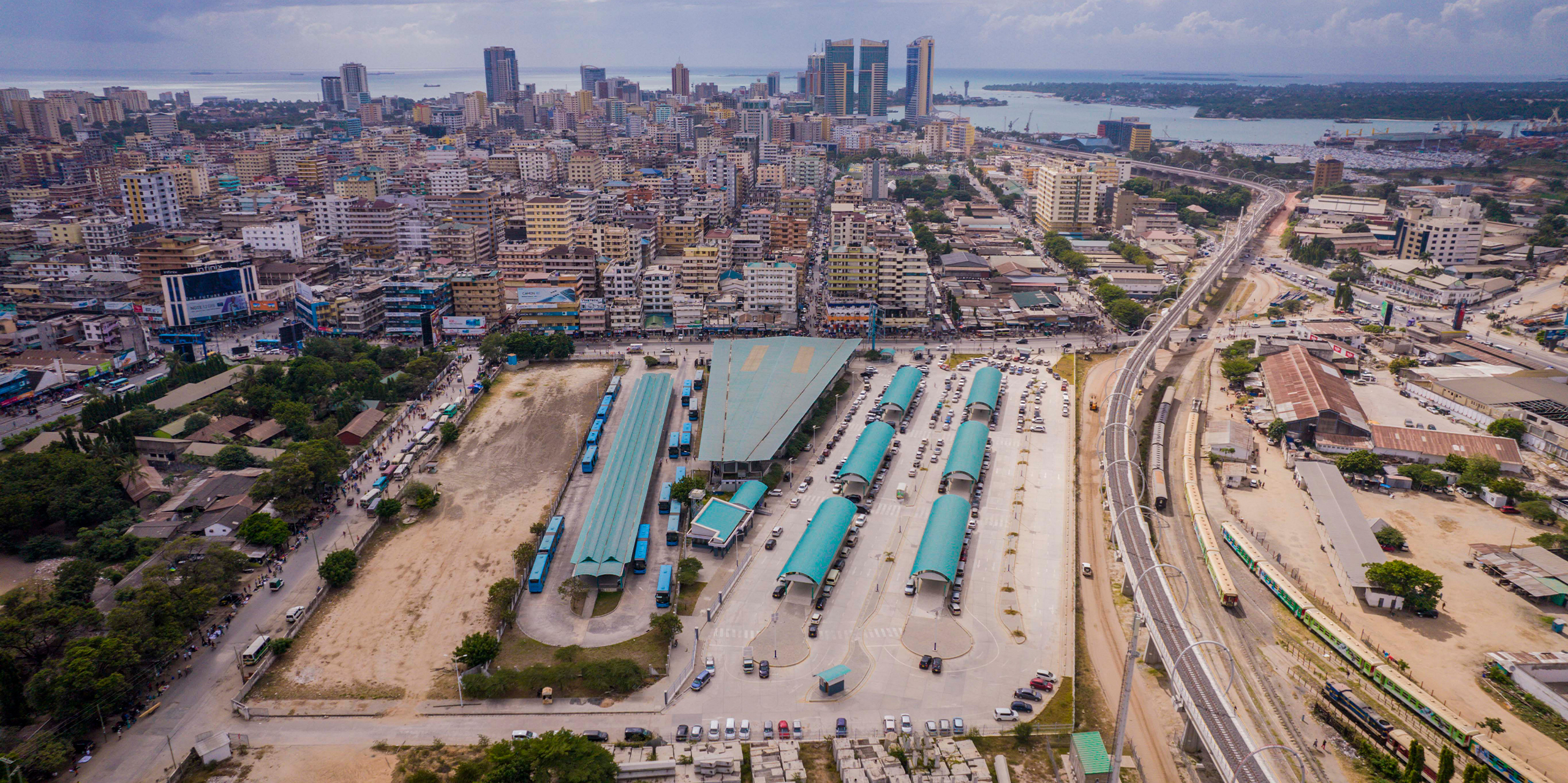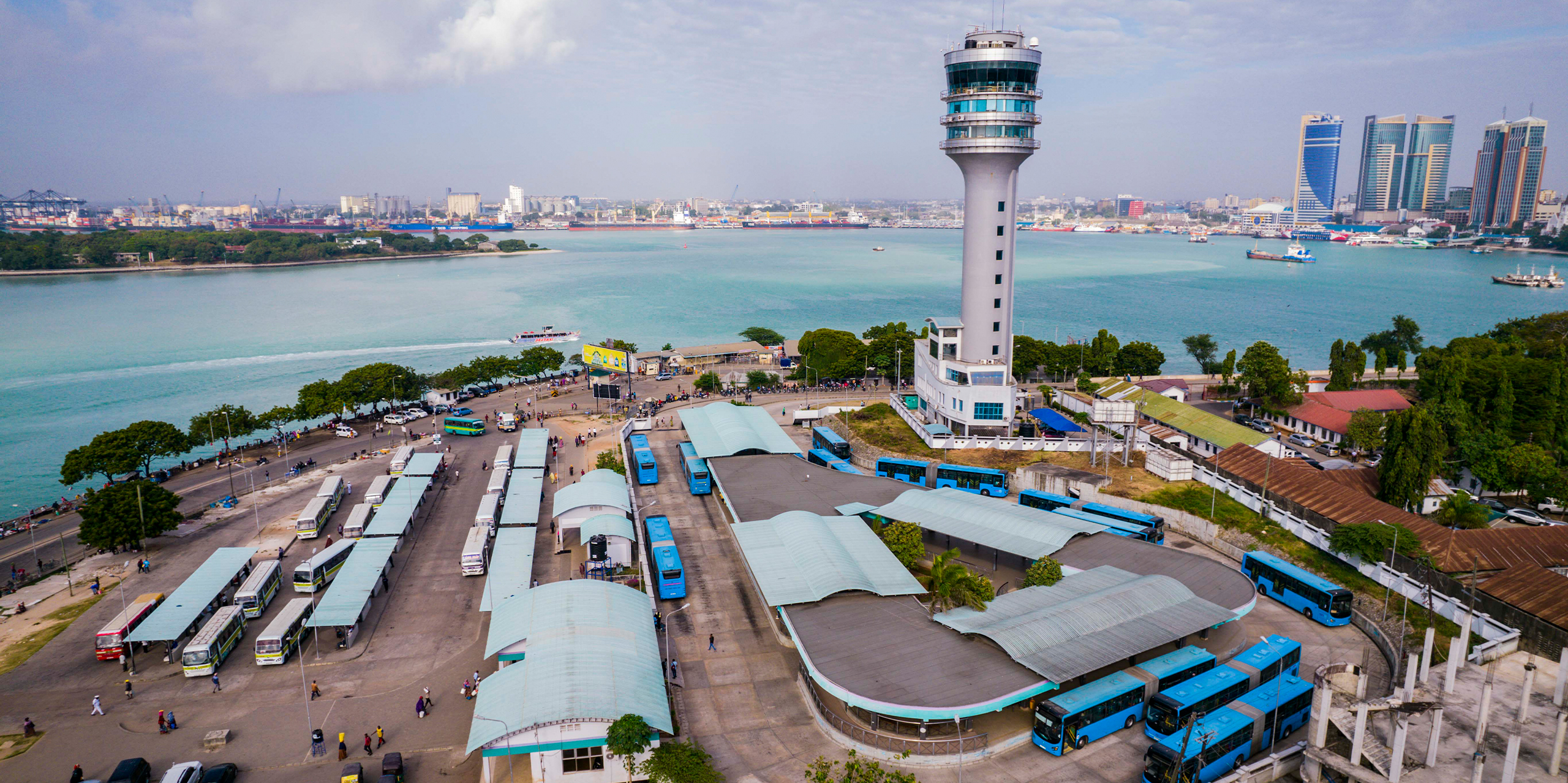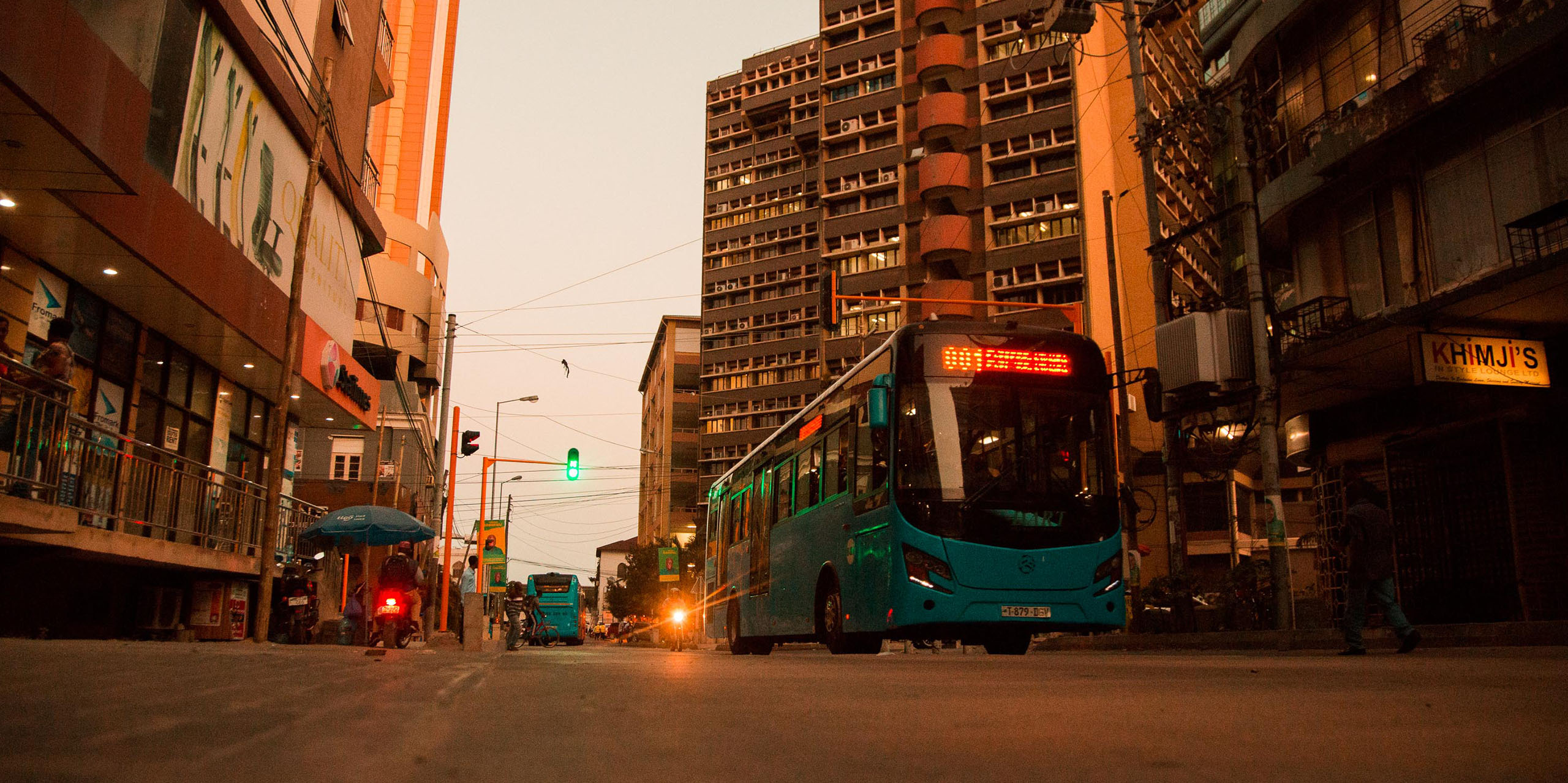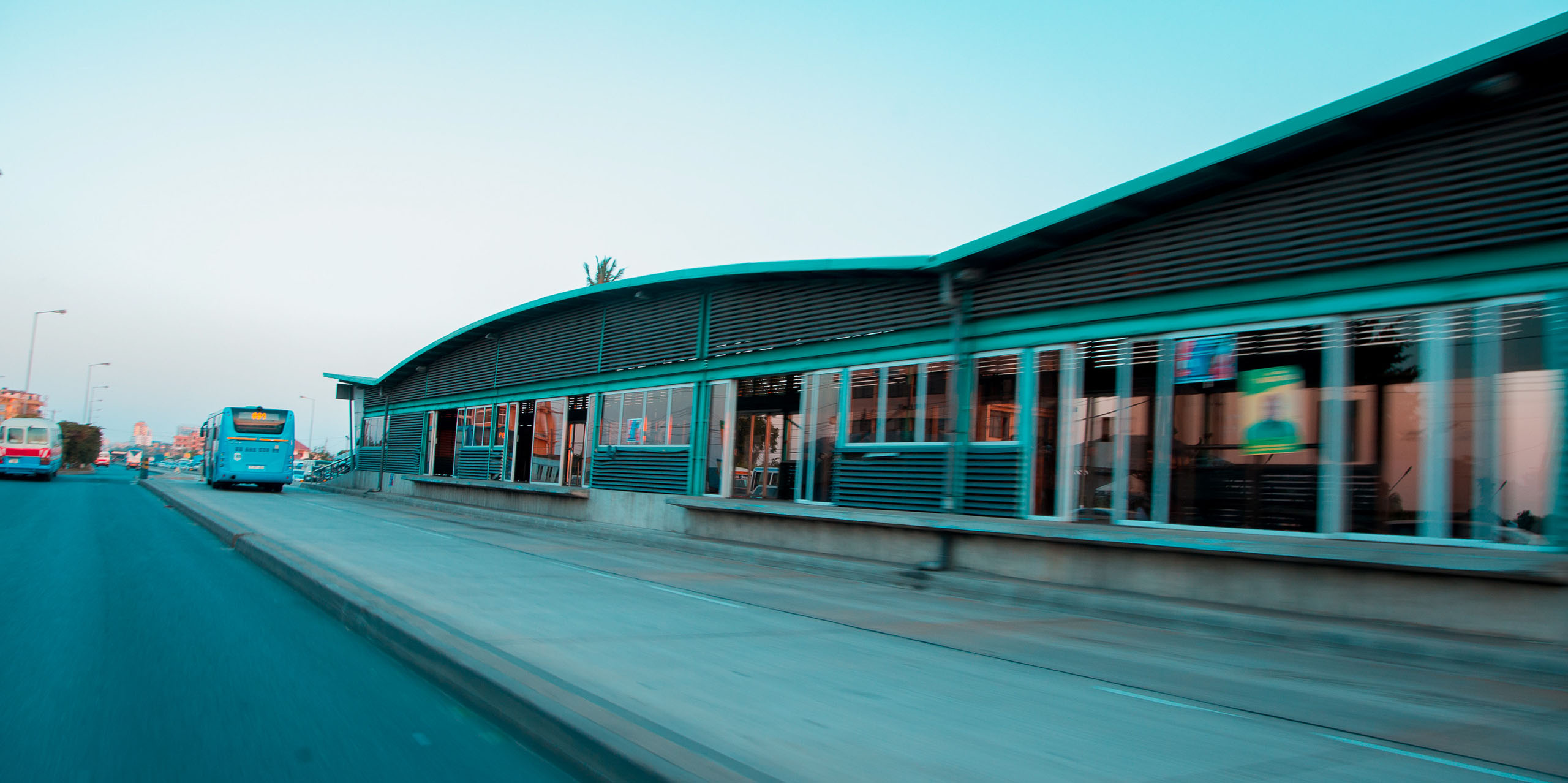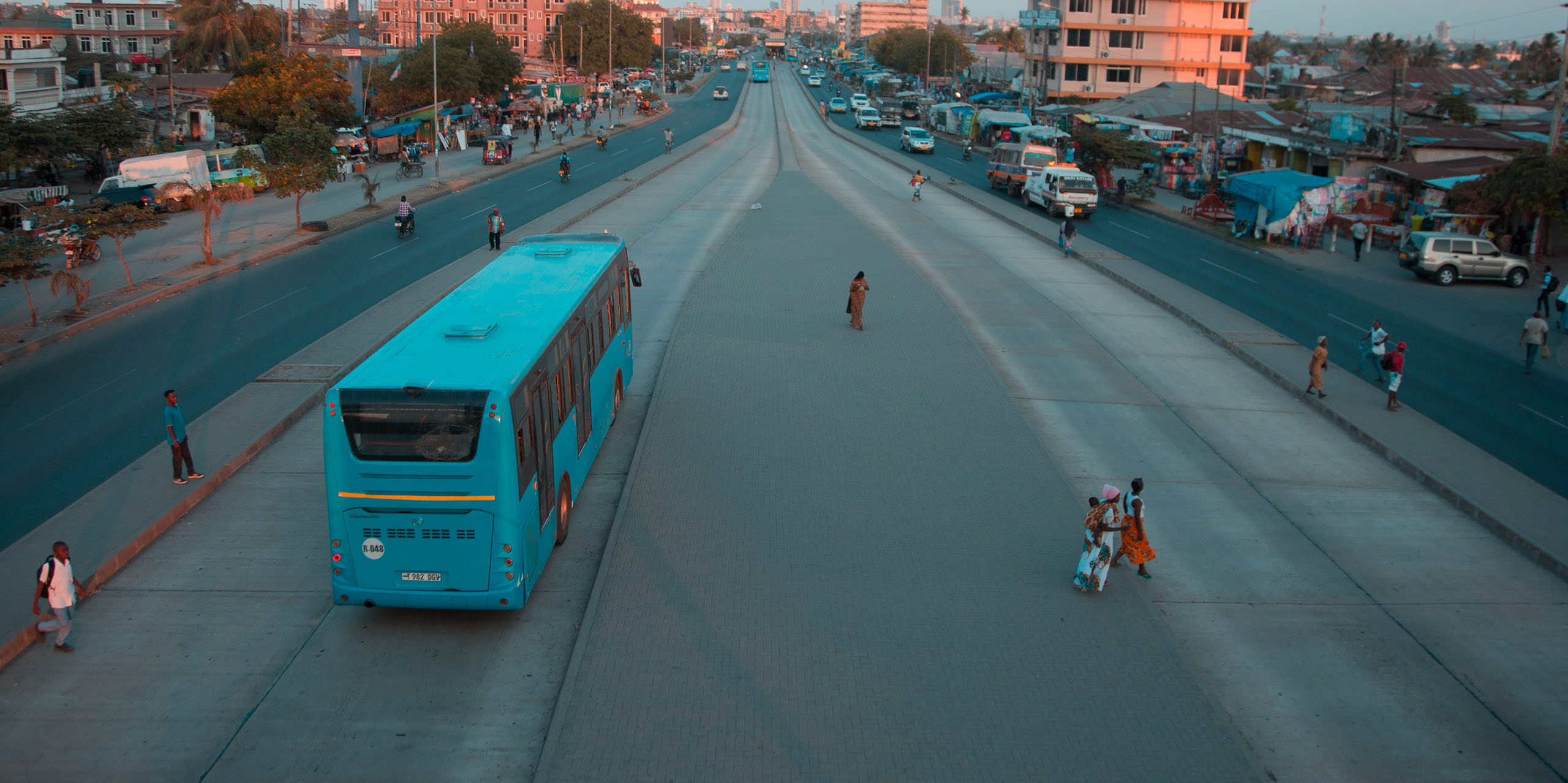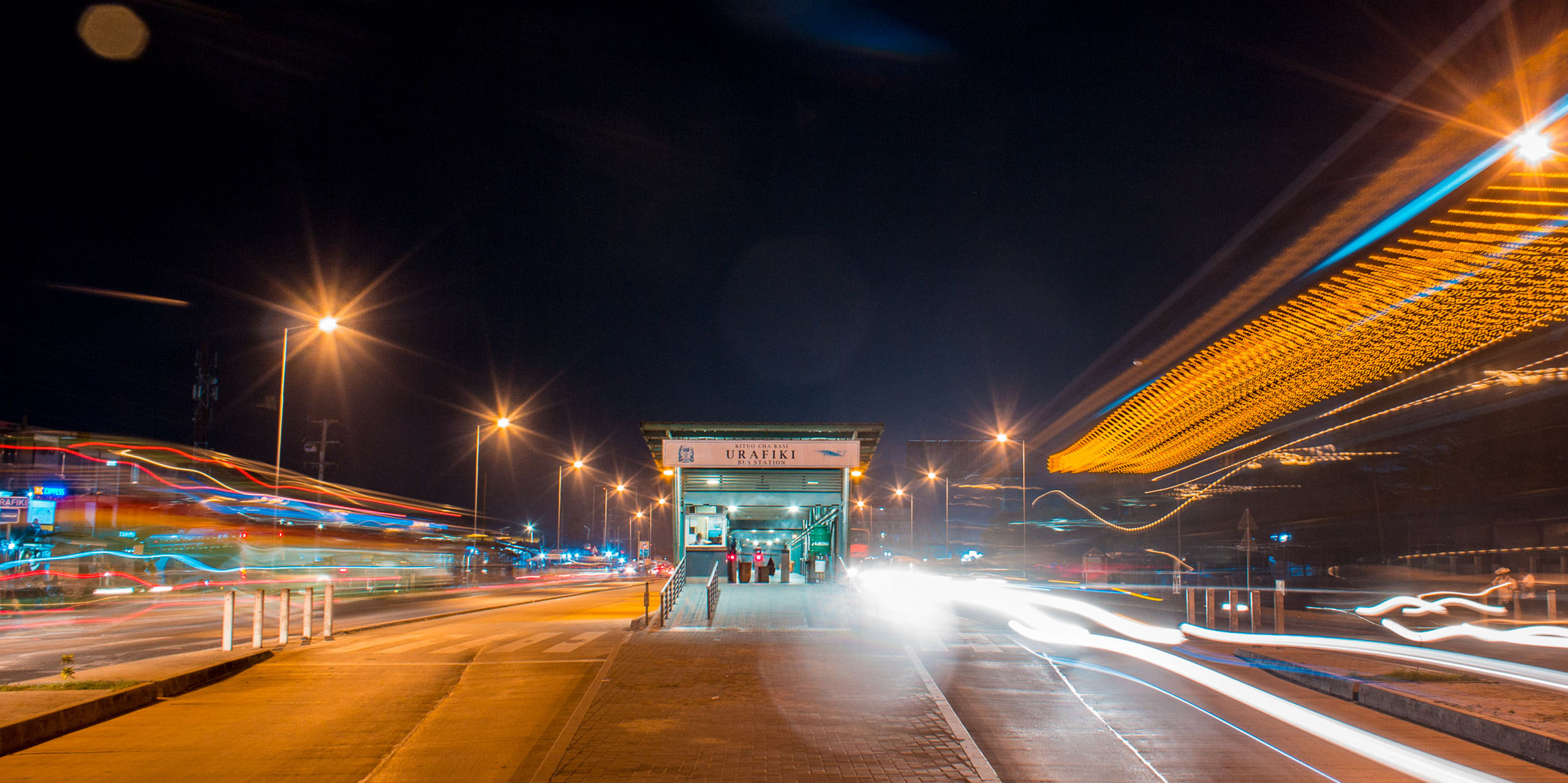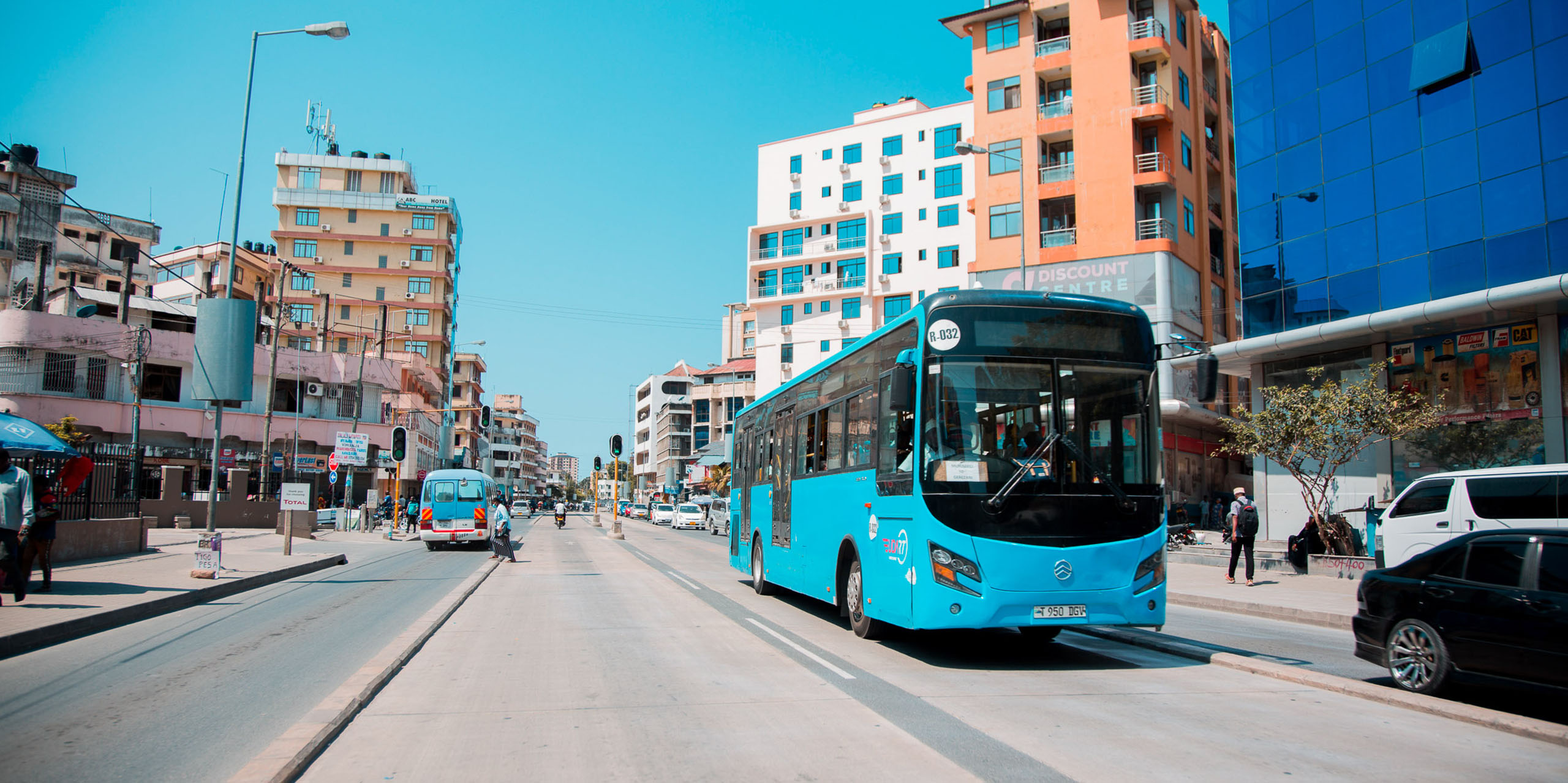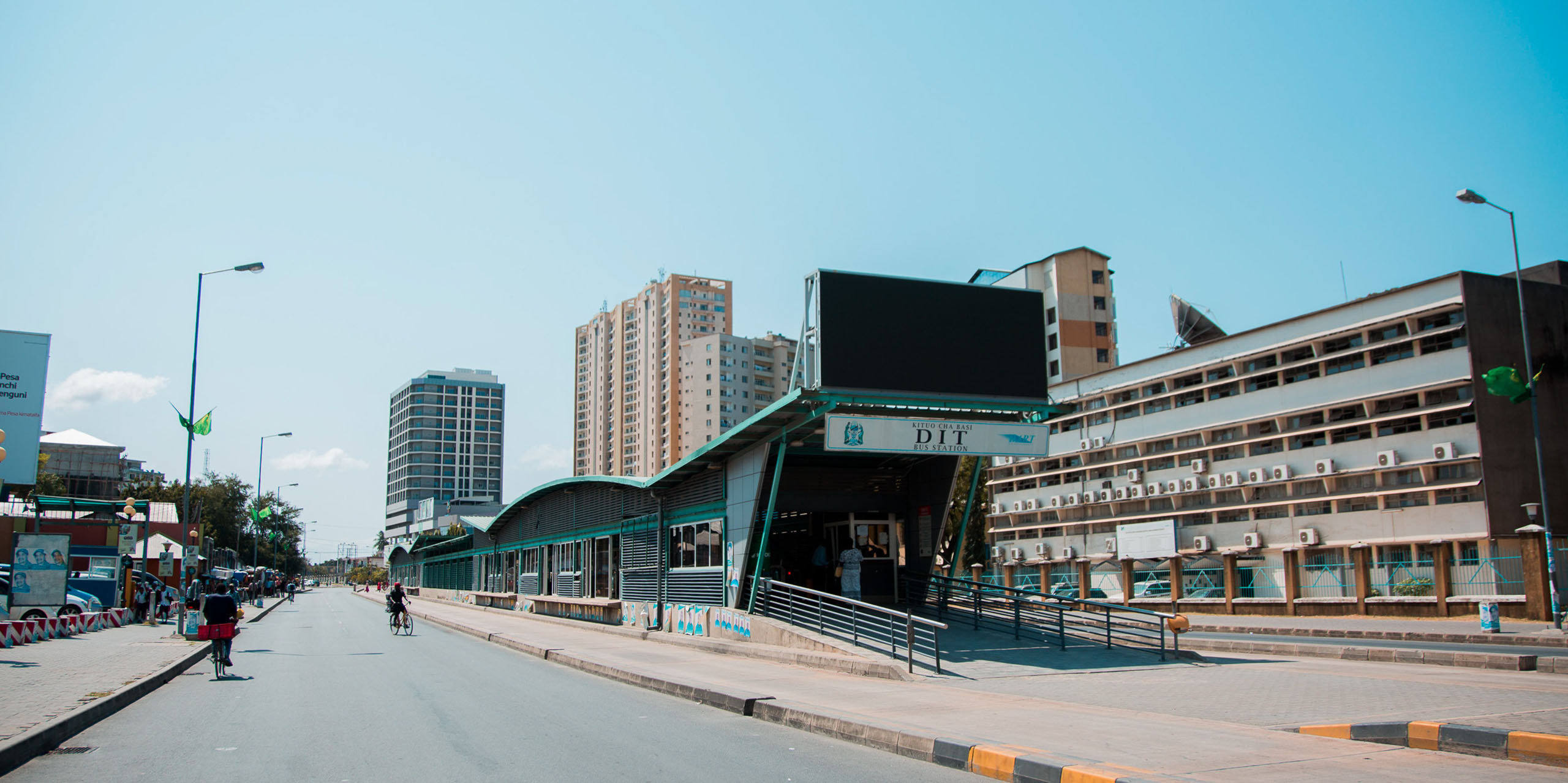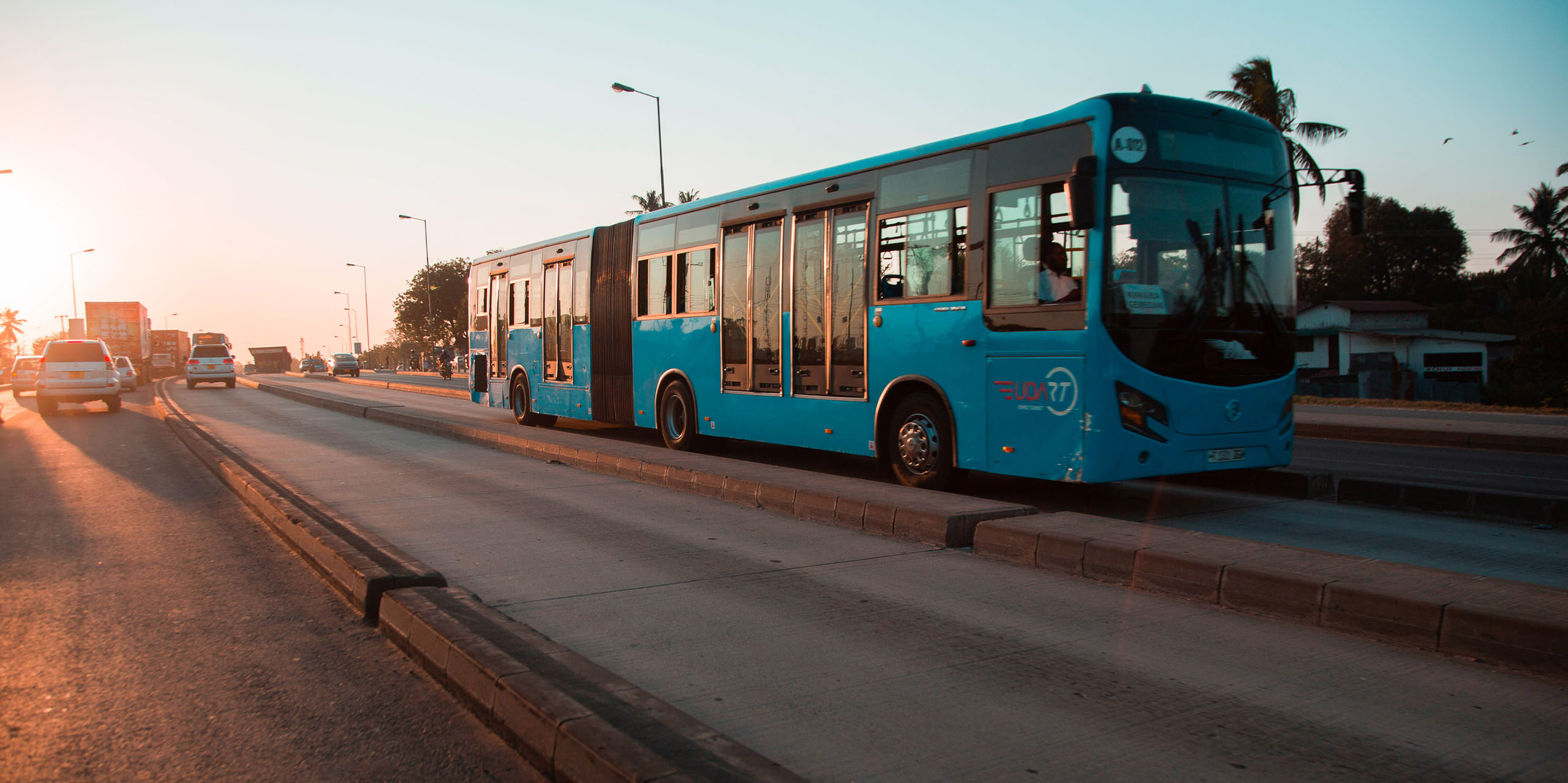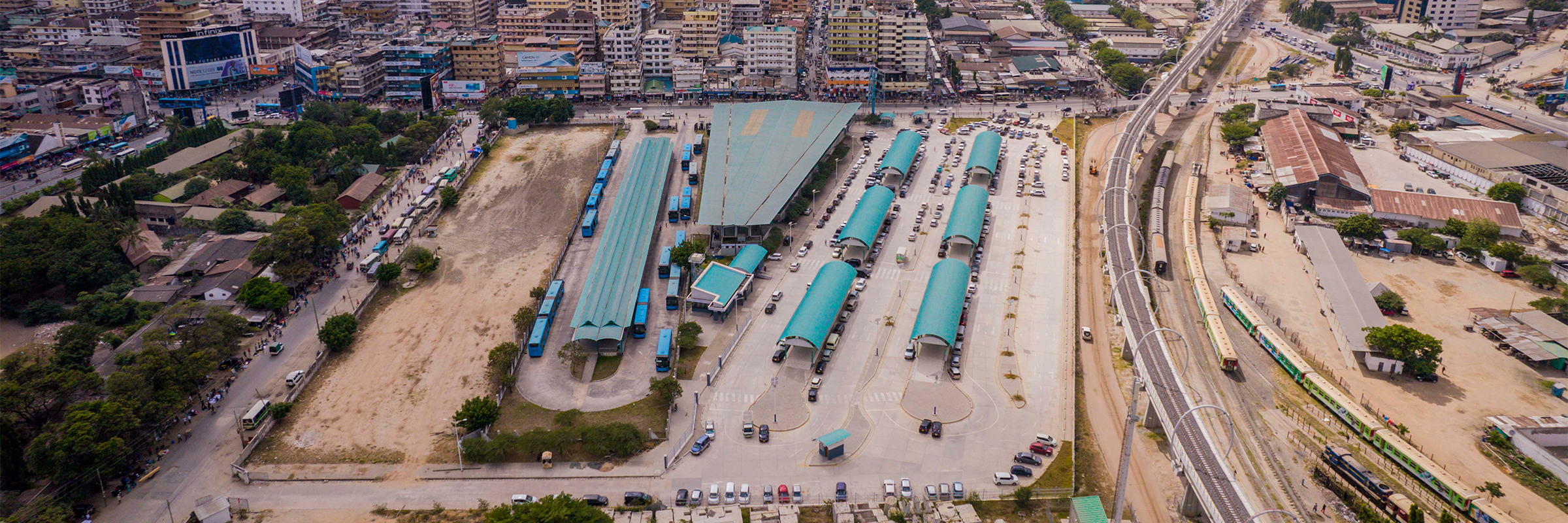

Challenge
The project aims to improve public transportation in Dar es Salaam by constructing a network of dedicated bus lanes, stations, and terminals.
Dar es Salaam, a city of approximately seven million, is one of the fastest growing cities in the world, a major economic hub in East Africa and a major port city on the Indian Ocean. It is expected to become a mega city by 2030 with a population over 10 million.
The project team had to overcome challenges relating to the informality and a lack of hierarchy in the road and transit network. High volume of traffic in Dar es Salaam combined with a narrow network, added complexity to plan and manage the construction.
Solution
The Dar Rapid Transit (DART) BRT system is 21km long carrying 400,000 passengers per day between 29 stations. The scope included feeder roads, five bus terminals, two bus depots. SMEC was engaged by the Tanzania National Roads Agency as a Civil Engineering Supervision Consultant on the Bus Rapid Transit (BRT) project. SMEC’s services included:
- Fulfilment of World Bank selection criteria
- Assistance in bid evaluation
- Design Review and obtaining design approval from relevant authorities
- Project Management and Quality Assurance
- Construction supervision, including performance testing and commissioning
- Capacity building.
The project team used a combination of methods, such as widening streets, using medians to separate the bus lanes from other traffic, and building overpasses and underpasses. Coordinating with the city’s traffic authorities to plan and implement traffic diversions was another key element of the construction implementation.
Some of the key features of the Dar es Salaam BRT project include:
- Dedicated bus lanes: The BRT system has dedicated bus lanes separated from other traffic allowing buses to bypass congestion.
- Bus stations: A network of bus stations are located at strategic points along the route with shelters, waiting areas, and ticketing facilities.
- Safety features: Raised zebra crossings (act as a traffic calming measure) and wide pathways contribute to a safe walking and cycling environment in Dar es Salaam.
Impact
The Dar es Salaam BRT project is a major milestone in the development of public transportation in Tanzania improving mobility for an estimated 1.2 million people whilst reducing congestion.
Designs for the first-phase DART corridors prioritised walking and cycling infrastructure improvements. The corridors include continuous cycle tracks, wide footpaths, and at-grade pedestrian crossings. In the Dar es Salaam city centre, Morogoro Rd offers exclusive access for pedestrians, cyclists, and BRT buses.
Following the inauguration of phase one, Dar es Salaam became the first African city to win the prestigious Sustainable Transport Award endorsed by the internationally renowned Institute for Transportation and Development Policy.
According to the Institute for Transportation and Development Policy (2019), the Dar es Salaam BRT reduced congestion by up to 30% on the corridor where it operated. The study indicated that average travel time on the BRT corridor was reduced by up to 50%, and the number of vehicles on the road had reduced by 10%.
The study also found that the BRT system has had a positive impact on the environment. The number of emissions from vehicles has been reduced by 20%, and the number of accidents has been reduced by 15%.
Dar es Salaam, Tanzania
Tanzania National Roads Agency
Strabag International GmbH
